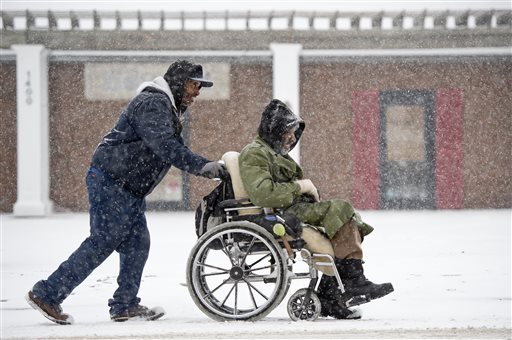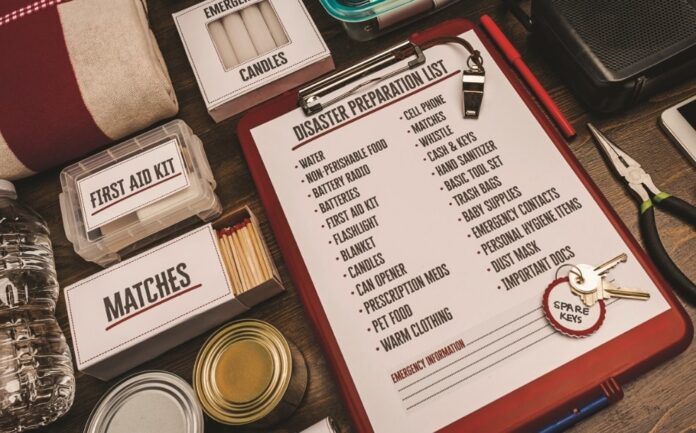Disasters such as hurricanes, floods, fires and other emergency situations are all too common these days. In fact, about 4-out-of-5 Americans live in counties hit by weather events since 2007, according to disaster declaration data from the Federal Emergency Management Agency (FEMA). That illustrates how these events can impact nearly everyone and the importance of having a plan.
This is particularly true for older people and people with disabilities. Health issues, mobility concerns and use of assistive devices can create additional challenges during emergencies. However, there are steps everyone can take to prepare now for what may come later.
Discuss your emergency disaster plan.
Talk about preparedness with friends, neighbors and family members. Contact your city or county emergency management office as well as service providers, such as meals programs. Discussing the topic can help you create a support network, find local resources for preparation and identify contents for a custom emergency kit.
Create a contact list.
Make a list of people and places you can turn to for support in an emergency, including people you may need to help or notify of your safety. Include phone numbers, email addresses and physical addresses. Also include insurance providers, health care professionals and medical supply companies. Keep one copy on hand and put another copy in a watertight container in your emergency kit.
Prep for power outages.
Ask your healthcare providers about how to prepare for power outages, especially if you depend on medical devices that use electricity, such as oxygen, dialysis or a power wheelchair. Write down your plan, along with information about your devices, and keep a copy in your emergency kit.

Make a list of all medications and medical supplies.
Keep a list of your medicines, including dosages and allergies, along with other essential supplies like extra eyeglasses, hearing-aid batteries and at least a week’s supply of all prescription medicines in your emergency kit.
Plan for transportation.
Have a plan in place in case you need to evacuate or get to health care services during an emergency. Know what equipment you need and how you will transport it. Perhaps a neighbor or family member can include you in their evacuation plans. Set this up beforehand and plan how to coordinate in the event of a disaster.
Plan for pets and service animals.
Include food, medications and other supplies your pets and/or service animals may need in your emergency kit, too.
Pack the essentials.
In addition to your medical information and needs, don’t forget essentials such as non-perishable food, water, a weather radio, a flashlight, extra batteries, blankets, cash, extra clothing and personal hygiene items. Keep your emergency kit in an easy-to-access location.
Learn more about preparedness at acl.gov/programs/emergency-preparedness.
Family Features | Photo courtesy of Getty Images






